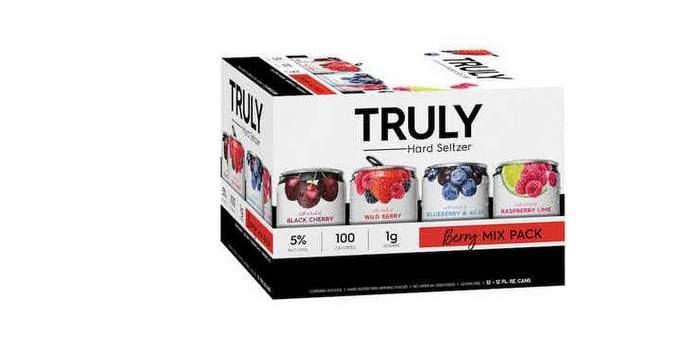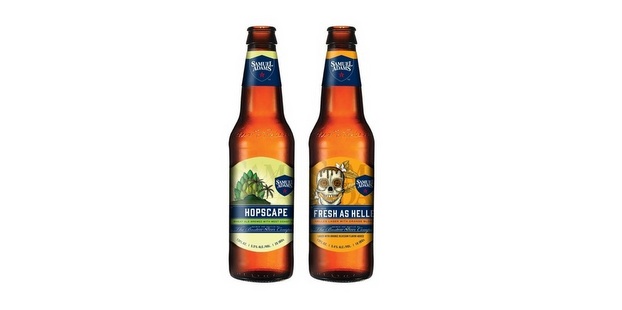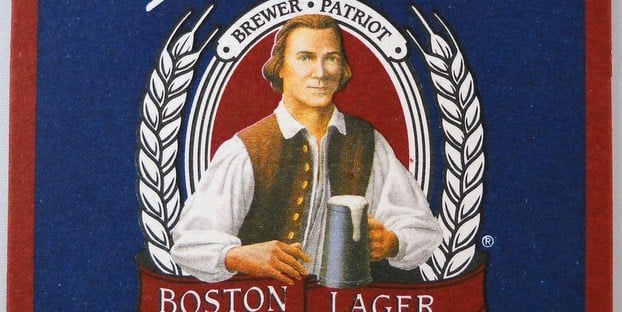
The Boston Beer Co. reported second quarter 2019 net revenue was up 16.6 percent from the same period last year, bringing its net revenue for the 26-week period to $570.1 million, an increase of $106.5 million, or 23 percent, from 2018.
“We achieved depletions growth of 17 percent in the second quarter, an increase from depletions growth of 11 percent in the first quarter,” stated Jim Koch, chairman and founder. “We are still seeing challenges across the industry, including a general softening of the part of the craft beer category that goes through the three-tier distribution system and retail shelves that offer an overwhelming number of options to drinkers. We remain positive about the future of craft beer and are happy that our diversified brand portfolio continues to fuel double-digit growth.”
Dave Burwick, the company’s president and CEO, said that the depletions growth in the second quarter was a result of increases in its Truly Hard Seltzer and Twisted Tea brands, which were only partially offset by decreases in Samuel Adams and Angry Orchard brands.
“Truly continues to grow beyond our expectations,” he stated. “We are launching Truly draft nationally this quarter while we continue to expand distribution across all channels. In addition, we are launching a new, high-profile ad campaign for Truly featuring noted comedian Keegan-Michael Key as we believe we can further improve our position as a leader in hard seltzer by building a meaningful and relevant brand.”
Koch noted that he is “disappointed with our Samuel Adams brand trends and continue to evolve our brand messaging. … We plan to continue to invest to improve trends and remain focused on the longer-term goal of returning Samuel Adams to growth.”
Last thing to note from the earning report is Burwick stating that growth has been challenging operationally.
“We have been operating at capacity for many months and have increased our usage of third-party breweries during the quarter in response to the growth. In particular, the additional Truly volumes have come at a higher incremental cost, due to an increased usage of third-party breweries and a higher percentage of variety packs in the company’s overall mix, which is negatively impacting our gross margin expectation for the year. “
The company says its new automated variety pack can line that just began production this quarter should help relieve these pressures as it ramps up during the third quarter.
Highlights of the earnings report:
- Depletions increased 17 and 15 percent from the comparable 13- and 26-week periods in the prior year.
- Shipments increased 17 and 23 percent from the comparable 13- and 26-week periods in the prior year.
- Full year 2019 shipments and depletions growth including Dogfish Head beginning July 3, 2019, is now estimated to be between 17 percent and 22 percent, an increase from the previously communicated estimate of between 10 and 15 percent.
- Excluding the Dogfish Head impact, full year 2019 shipments and depletions growth is now estimated to be between 13 and 18 percent.
- Gross margin was 49.9 for the second quarter, a decrease from 52 percent in the comparable 13-week period in 2018, and 49.7 percent for the 26-week period ending June 29, 2019, a decrease from 51.4 percent in the comparable 26-week period in 2018. The company’s full year gross margin target is now between 50 and 51 percent, a narrowing down of the previously communicated estimate of between 50 and 52 percent.
- Advertising, promotional and selling expense increased by $7.6 million, or 8.7 percent, in the second quarter over the comparable period in 2018 and increased $11.8 million, or 7.6 percent, from the comparable 26-week period in 2018.
- Full year 2019 capital spending is now estimated to be between $120 million and $140 million, an increase from the previously communicated estimate of $100 million to $120 million.
Dogfish Head deal
The biggest news of the quarter was its merger with the Dogfish Head Brewery for a total consideration consisting of $173.0 million in cash and 429,292 shares of restricted Class A Stock, after taking into account a post-closing cash-related adjustment. The company plans to consolidate Dogfish Head results into the company’s financial results beginning on July 3, 2019. In the second half of 2019, the company expects Dogfish Head to add between 3 and 4 percent in annual shipments and depletions growth and between $50 million and $60 million in net revenues at a gross margin of approximately 50 percent.
The company estimates Dogfish Head operating expenses will be between $20 million and $25 million in the second half of 2019. These estimates include transaction related costs and other non-recurring costs of approximately $8.0 million of which $1.5 million has been incurred and expensed as of June 29, 2019. Excluding these transaction related costs and other non-recurring costs, the company currently estimates that the merger impact will be neutral to slightly accretive to full-year 2019 earnings per diluted share.
Outlook
Boston Beer currently projects full year 2019 earnings per diluted share to be between $8.30 and $9.30. This projection excludes the impact of ASU 2016-09. The company’s actual 2019 earnings per share could vary significantly from the current projection. Underlying the company’s current 2019 projection are the following full-year estimates and targets:
- Depletions and shipments percentage increase of between 17 and 22 percent.
- National price increases of between 1 and 3 percent.
- Gross margin of between 50 and 51 percent.
- Increased investment in advertising, promotional and selling expenses of between $35 million and $45 million, a change from the previously communicated estimate of between $20 million and $30 million, primarily due to the addition of Dogfish Head Brewery expenses for the second half of the year. This does not include any changes in freight costs for the shipment of products to the company’s distributors.
- Non-GAAP effective tax rate of approximately 27 percent, excluding the impact of ASU 2016-09.
- Estimated capital spending of between $120 million and $140 million, which could be higher, if deemed necessary to meet future growth.




Leave a Reply
You must be logged in to post a comment.